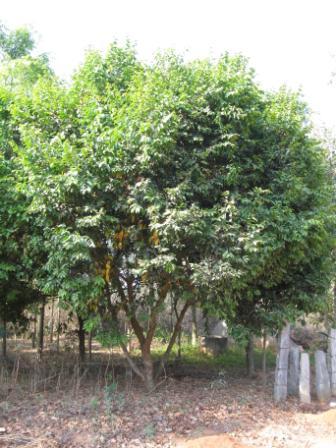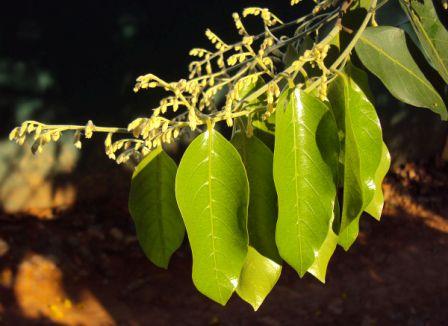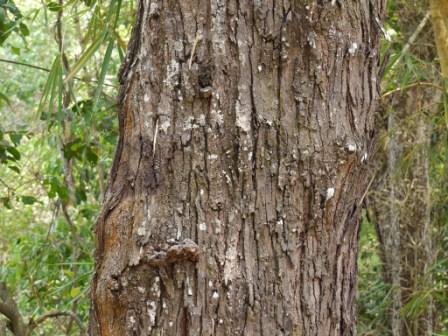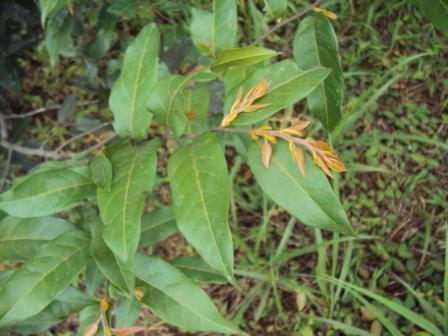Natural Regeneration :
- The seeds germinate immediately under favorable conditions.
Artificial Regeneration :
- Propagated by Nursery raised seedlings.
Seed collection and Storage :
- The fruits are collected in January – February
- The seeds are separated from the fruits and dried.
- Well dried seeds are stored in gunny bags for about 20 days.
- Viability is very less about six weeks only.
- Fruit rate is 2500/Kg.
- Germinative capacity is 68 to 78 %
- Plant percent is 54 to 60 %.
Seed Treatment :
- No Seed treatment is necessary.
Nursery Technique :
- Seeds are sown immediacy after collection in shaded nursery beds with wings placed flat on the ground.
- The seeds are covered with good red earth and FYM.
- Beds are watered daily.
- Two leaf seedlings are pricked in poly bags and maintained in nursery for one year.
- Seeds are directly dibbled in the poly bags and raised in nursery.
Plantation technique :
Direct sowing :
- Seeds are dibbled in patches of varying sizes spaced 4 m x 4 m to 8 m x 8 m in lines.
- Canopy has to be maintained regularly to admit light.
Poly bag Seedlings :
- Pits of 45 cm3 or 30 cm3 are dug for planting.
- Seedling of 6 -12 month old are out planted into the above pits during the rainy season.
- The spacing normally applied is 3x 3 m or 5 x 5 m.
- The best time for transplanting into the field under canopy is mid-June.
Care & Disease Control :
- Regular weeding and soil working is essential.
- It needs light to medium thinning when plants are about 9-12 m high.
Irrigation :
For proper growth and survival it is necessary to give one or two waterings after planting. This is specifically required in arid regions. Irrigation after planting is not a prerequisite in areas having sufficient soil moisture and precipitation. Higher survival rate and better rate of growth is reported when soil and water conservation measures are also adopted.
Responds well to irrigation however essential only during the first one or two years so as to ensure better establishment and quicker culm production. Moisture retention through trenches to be practiced.
Recommended Harvest :
Major uses :
- The wood is very much valued constructional timber.
- It is suitable for ship and boar building, agricultural implements, rice pounders and decorative wood works.
Other uses :
The brown wood is hard and close-grained. It is not eaten by termites.The wood can be used in construction, shipbuilding, making rice mills etc.It is valued in southern India for building temples.It might be useful for railway sleepers
Carbon stock :
0.521 tC/tree





